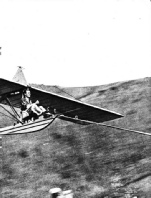

© Wonders of World Aviation 2015-
Part 2
Part 2 of Wonders of World Aviation was published on Tuesday 15th March 1938, price 7d.
This part included a colour plate showing a Miles Magister monoplane which accompanied the article on Learning to Fly.
There was also a central photogravure supplement showing various gliders which illustrated the article on Modern Soaring Flight.
The Cover
There are no editorial notes about this cover which shows a De Havilland DH.90 Dragonfly of the Rhodesian and Nyasaland Airways. According to the Aviation Safety Network database, this aircraft crashed near Gwelo, Southern Rhodesia, on 20 December 1938, nine months after this Part was published.
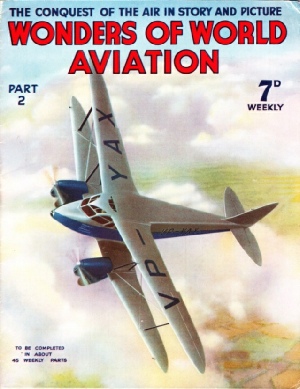
Contents of Part 2
Into the Stratosphere
(part 2)
The First English Aeronaut
Seaplanes and Their Work
Modern Soaring Flight
Modern Soaring Flight
(photogravure supplement)
Modern Soaring Flight:
Photogravure Supplement 1
THE WINGS OF A SAILPLANE are covered partly with plywood, generally about 1½ millimetres thick, and partly with fabric. The wing has a main spar at the leading edge and a light spar or spars near the trailing edge. The main spar has to carry the bending moment caused by the forces on the wing.
Modern Soaring Flight: Photogravure Supplement 2
GLIDER BEING LAUNCHED by rubber rope. The rope falls off the hook when it has become loose, and the flier then glides down until his craft comes to rest on the skid, above which he is sitting.
Modern Soaring Flight:
Photogravure Supplement 3
SOARING ABOVE THE LONGMYND, a hill near Church Stretton, Shropshire, is a sailplane named The Professor, from the Midland Gliding Club.
Contents of Part 2
Evolution of the Aero Engine
Learning to Fly - 1
The Miles Magister Monoplane (colour plate)
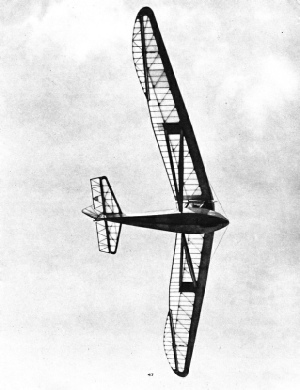
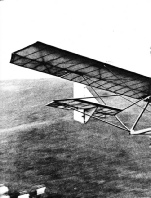
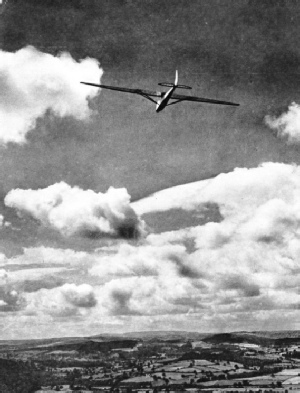
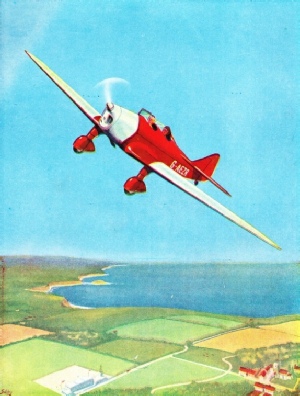
The Miles Magister
THE MILES MAGISTER is a low-wing cantilever monoplane often used for instructional purposes. The pupil who is learning to fly sits in the back cockpit, his instructor in the front. There are dual controls and complete sets of standard instruments in both cockpits, with a special hood so that instruction in blind flying can be given. The Magister has a maximum speed of 145 miles an hour at 1,000 feet and a stalling speed of 45 miles an hour. The service ceiling is 18,000 feet. The engine is a De Havilland Gipsy Major of 130 horse-power.
